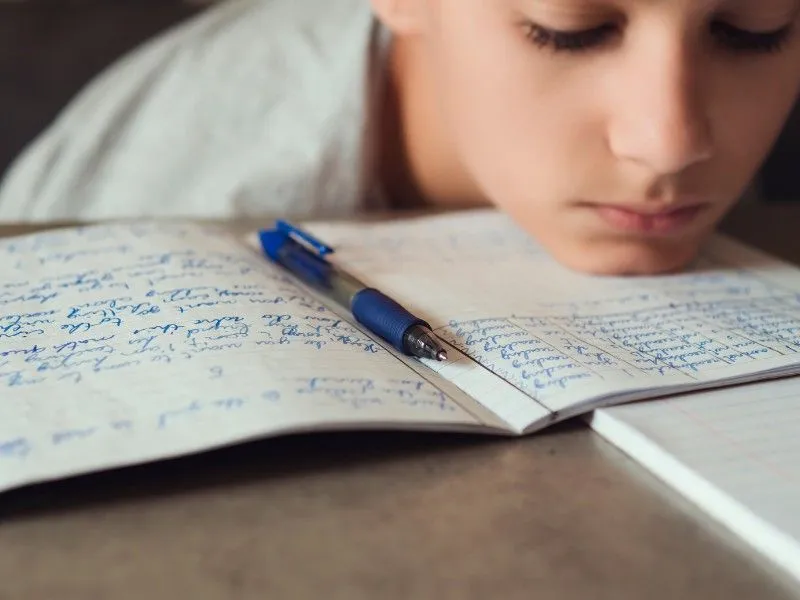Focusing on mental health inside educational institutions is critical because it not only improves students' current welfare but also lays the framework for their future successes. Students who have good mental health have greater academic achievement, more self-esteem, and stronger relationships. Furthermore, cultivating mental well-being in schools creates a safe and inclusive environment, increasing kids' sense of support, comprehension, and empowerment to seek help when needed.
Teachers are critical in increasing student mental health. Their regular encounters and in-depth awareness of students' circumstances uniquely equip them to help. Educators may foster a sense of belonging, emotional stability, and trust among kids by developing a supportive classroom environment. They can provide advice, supply a sympathetic ear, and assist kids in overcoming obstacles.
Here are some ways through which the teachers can help in protecting the mental health of the kids :
Cultivating a Supportive Classroom Environment:
Teachers have the power to create a safe and all-encompassing school environment that promotes students' mental health. Students feel more at ease in seeking help and expressing their difficulties when they have a sense of belonging and emotional stability. Building strong teacher-student connections based on trust and empathy is critical in promoting mental health.
To foster a nurturing classroom environment, teachers can:
- Set clear expectations: By establishing clear standards for behaviour and respect, instructors create a controlled and predictable environment that instill a sense of safety in kids.
- Encourage inclusiveness: Embracing difference and cultivating a climate of acceptance and appreciation for all pupils. Encourage kids to accept and celebrate their differences, resulting in a welcoming environment.
- Encourage open communication: Provide opportunities for kids to express their ideas, concerns, and feelings. Actively listen to their perspectives and support their feelings, creating a safe space for open talks.
- Integrate mindfulness practices: Introduce mindfulness activities such as deep breathing or succinct guided meditation to help students manage stress and improve self-awareness.
Recognising and Addressing Student Mental Health:
Teachers must be on the lookout for indicators of mental illness, such as changes in behaviour, mood, or academic performance. Effective communication, like active listening, offers a secure environment for kids to communicate their concerns.
Common symptoms include:
- Sadness or hopelessness that persists.
- Changes in eating or sleeping habits.
- Having difficulty concentrating or finishing things.
- Absence from social activities.
- Irritability or hostility has increased.
- Academic achievement has declined.
Teachers should approach children with empathy, hold private dialogues, and provide assistance. They should, however, recognise their responsibilities and connect students to mental health resources as appropriate.
Peer Support and Collaboration Promotion:
Providing chances for peer support and cooperation can have a substantial impact on students' mental health. Teachers may promote activities that develop empathy, understanding, and collaboration among students, establishing a classroom community in which kids feel they belong and are not alone in their difficulties.
Here are some ideas for encouraging peer support and collaboration:
- Cooperative learning and group projects: Assign collaborative tasks that involve collaboration, inspiring students to help one another throughout the process.
- Peer mentoring initiatives: Implement mentorship programmes in which older students mentor younger students, offering a platform for peer counsel and support.
- Create support networks: Encourage students to create study groups or clubs to address common issues and provide emotional support. This sense of community helps students develop resilience and coping abilities.
Curriculum Inclusion of Mental Health Education:
Incorporating mental health education into the curriculum is a critical step in improving students' understanding of their mental health. Covering topics such as stress management, resilience, self-esteem, and emotional regulation provides students with vital tools for navigating life's problems. Here are some ideas for including mental health education:
- Designated Mental Health Lessons: Allocate distinct lessons to mental health education, which can be part of health courses or social-emotional learning (SEL) programmes.
- Cross-Disciplinary Approach: Incorporate mental health concepts into a variety of areas to create a more comprehensive learning experience. Discuss the biological impacts of stress, or look at how mental health is portrayed in literature and art.
- Special Guests: Collaborate with local mental health specialists to bring in guest speakers who can provide insights and real-world experiences.
Conclusion
Prioritizing mental health in schools is critical for nurturing students immediate well-being and laying the groundwork for future success. Teachers, as frontline educators, are in a unique position to support students' mental health by building inclusive classroom settings that encourage a feeling of belonging and emotional safety. They can recognise indicators of mental health issues, provide empathic support, and encourage peer cooperation, eventually contributing to a secure and caring school environment. Additionally, incorporating mental health education into the curriculum provides kids with vital tools for dealing with life's obstacles. Teachers may therefore inspire kids to prioritize their mental health, laying the path for happier, more successful futures.
At Solh Wellness, we recognize the significance of mental health, so we've curated a range of powerful self-help tools designed to enhance your mental well-being. Our offerings include journaling, goal setting, self-assessment tests, mood analysis, and an extensive library of enriching content to explore and learn from. Take charge of your journey towards personal growth and improved mental health with our comprehensive self-help resources.



